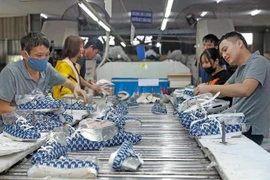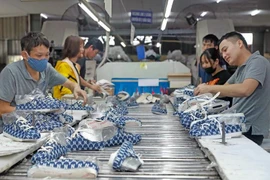Hanoi (VNA) – The leather and footwear industry aims for an export growth rate of 10% in 2025, with total turnover projected at 29 billion USD, heard a conference hosted by the Vietnam Leather, Footwear, and Handbag Association (LEFASO) in Hanoi on January 3.
According to Vice Chairwoman and General Secretary of LEFASO Phan Thi Thanh Xuan, to achieve this goal, the sector relies heavily on consumer demand and compliance with green and sustainable development standards set by its import markets.
The industry will concentrate on exporting to existing and less demanding markets, such as Africa and Asia, while gradually adopting higher standards to enter demanding markets like Japan, Europe, Canada, and the US.
Vietnamese businesses have also started selling their products on e-commerce platforms like Alibaba and Amazon to expand their distribution channels, Xuan said, adding that several leading footwear companies have secured contracts extending through mid-2025.
Addressing the event, LEFASO Chairman Nguyen Duc Thuan noted that the industry faces a variety of challenges such as a decline in prices, high-quality requirements, sustainability criteria, and rising input costs. But the leather and footwear industry raked in an estimated 27.04 billion USD from exports in 2024, marking a year-on-year increase of 11.45%.
He emphasised that the sector possesses numerous competitive advantages, including an abundant labour force, a diverse supply of raw materials, investment incentives, and most notably, the country’s integration into the global economy through various free trade agreements (FTAs).
Thanks to these competitive advantages, many foreign direct investment (FDI) enterprises have chosen Vietnam as their destination, he noted.
Vietnam ranks third globally in footwear production. The industry largely focuses on export-oriented production, therefore export turnover from FDI enterprises accounts for 75% of the sector's total export value.
The US is a primary importer of Vietnam's footwear products, accounting for 36.5% of the total value in the first 11 months of 2024. It is followed by the EU, China, Japan, and the Republic of Korea. The total export turnover to 16 major countries worldwide makes up 89% of the industry's overall export value.
The industry aims to achieve total export revenue of 38–40 billion USD by 2030, indicating strong growth potential./.
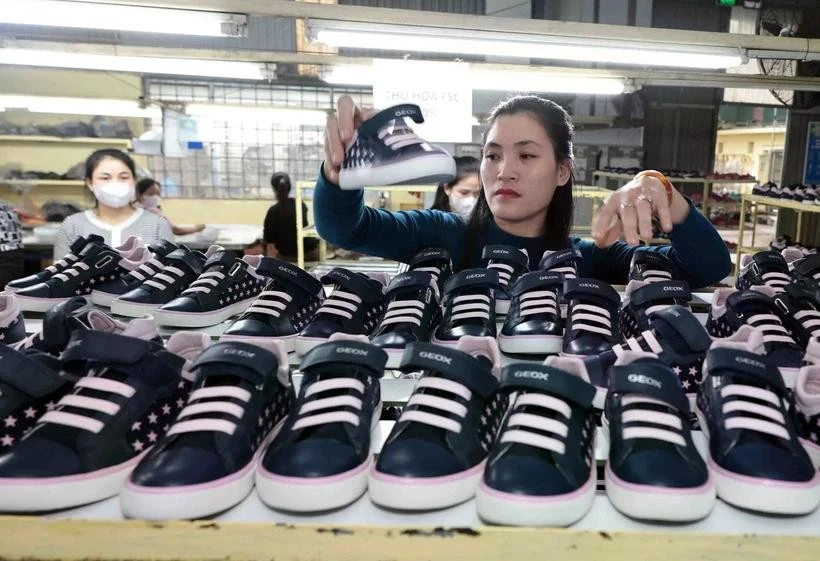
See more
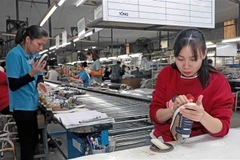
Nearly 76,180 enterprises resume operations in 2024
A total of 76,179 enterprises resumed operations in Vietnam in 2024, according to the Agency for Business Registration under the Ministry of Planning and Investment.

Semiconductor, chip design investors flock to central hub
An investment certificate on chip design has been given to SkyeChip, a Malaysia-based leader in semiconductors, to develop a project in the central city of Da Nang.

Vietnam logs in to global semiconductor supply chain
Leading global technology corporations are making strategic moves to shift supply chains, establish research centres, and expand investments in Vietnam, presenting a tremendous opportunity for the country to strengthen its semiconductor industry by adopting the strategy of "standing on the shoulders of giants."
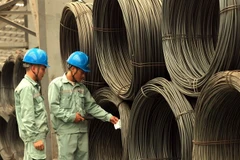
Vietnam to complete database of five domestic manufacturing industries by 2026
By 2026, Vietnam will complete a database for five domestic industries related to trade remedy measures currently in effect and industries at risk of being subjected to trade remedy investigations.

PM urges transparency, integrity in implementation of projects in HCM City
It is imperative to ensure that mistakes are not compounded, and no misconduct or corruption occurs during the process of tackling difficulties and obstacles in the implementation of projects in Ho Chi Minh City, said Prime Minister Pham Minh Chinh.

Vietnam likely to become production and export hub of Canada
Vietnam is emerging as a promising destination for Canada's manufacturing investments, particularly for those aiming to tap into the lucrative markets of the Association of Southeast Asian Nations (ASEAN) and the broader Asia-Pacific region.

Deputy PM requests completion of SOE restructuring projects for approval in Q1
Deputy Prime Minister Ho Duc Phoc has called for stronger efforts to complete the restructuring projects of State-owned enterprises (SOEs) for approval within the first quarter of this year.

Vietnam needs policies to develop national enterprises
Completing legal policies to support the development of national enterprises in Vietnam is not only an urgent task, but a decisive factor in achieving industrialisation and modernisation.

Int’l financial centres will create new driving forces for development: PM
Politburo member, Prime Minister Pham Minh Chinh chaired a conference in Ho Chi Minh City on January 4 to announce the Government’s resolution on promulgating action plan to implement the Politburo’s conclusion on developing regional and international financial centres in Vietnam.
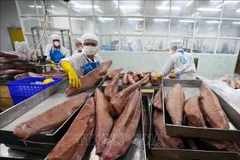
Wave of momentum to float Vietnam's seafood exports to 10–15% growth
With robust production and processing infrastructure, combined with continuous market development efforts, Vietnam’s seafood exports are poised for 10–15% growth in 2025.
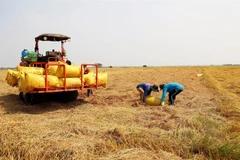
Eight rice enterprises awarded for emissions reduction
Eight Vietnamese rice enterprises have been awarded 200,000 AUD (approximately 3.16 billion VND, or over 124,300 USD) for their efforts in reducing greenhouse gas emissions in rice production.
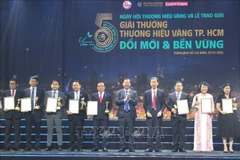
29 firms honoured at 5th Ho Chi Minh City Golden Brand Award 2024
The 5th Ho Chi Minh City Golden Brand Award 2024 on January 3 honoured 29 outstanding enterprises which showcased their excellence across a spectrum of industries, from mechanical engineering, consumer goods, apparel to food processing and services.
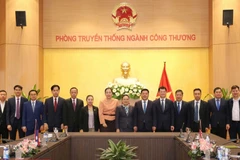
Vietnam, Laos promote trade, industrial, energy cooperation
The Vietnamese Ministry of Industry and Trade (MoIT) and the Lao Embassy in Vietnam will continue to coordinate closely to promote economic - trade and industry - energy cooperation between the two countries.

Hung Yen attracts 1.4 billion USD in foreign direct investment in 2024
The northern province of Hung Yen attracted 68 new foreign direct investment (FDI) projects with total registered capital of nearly 1.4 billion USD in 2024, a local official announced on January 3.

Bright economic outlook for 2025 despite challenges: dialogue
A policy dialogue was held in Hanoi on January 3 to review Vietnam's macroeconomy in 2024 and discuss prospects for 2025.

Investments worth 1.8 billion USD given green light in Bac Ninh
Eighteen domestic and foreign businesses with projects worth 1.8 billion USD received investment registration certificates and investment approval decisions from the People's Committee of northern Bac Ninh province on January 2.
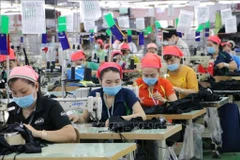
Businesses supported to develop green practices
As part of efforts to advance sustainable business practices in Vietnam, in 2024, the Ministry of Planning and Investment (MPI) has leveraged resources from international organisations such as ESCAP, USAID, and UNDP to help businesses implement green, circular, and inclusive models.
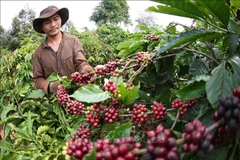
Coffee sector seeks ways toward sustainable growth
The key challenge for the coffee sector is how to sustain this growth trajectory in a stable and sustainable way, amidst an unpredictable and volatile market - an issue that many businesses and industries are seeking a solution for 2025 and beyond.
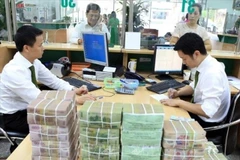
Bond funds shine in 2024
Amid the stagnant stock market environment, bond funds have emerged as an attractive option for investors, especially when profits they have brought significantly surpasses that of bank savings.

New terminal at HCM City’s Tan Son Nhat int’l airport takes shape
The construction of the new international passenger terminal (Terminal 3 or T3) at Ho Chi Minh City’s Tan Son Nhat International Airport is nearing completion, with efforts being intensified to meet the April 30 deadline.
